I'm using the OpenCV warpAffine function to do some image processing. The weird thing is that I found after applying a warpAffine and then an inverse warpAffine. The processed image is inconsistent with the original image, where there is one-pixel border padding at the bottom.
img_path = '140028_199844.jpg'
img = cv2.imread(img_path,cv2.IMREAD_COLOR)
plt.imshow(img[:,:,::-1])
h,w,_=img.shape # h=220 w=173
src = np.array([[ 86., 109.5], [ 86. , 0. ], [-23.5, 0. ]])
dst = np.array([[192., 192.], [192. , 0.], [ 0. , 0.]])
trans = cv2.getAffineTransform(np.float32(src), np.float32(dst))
inv_trans = cv2.getAffineTransform(np.float32(dst), np.float32(src))
input = cv2.warpAffine(
img,
trans,
(384, 384),
flags=cv2.INTER_LINEAR,
borderMode=cv2.BORDER_CONSTANT,
borderValue=(0, 0, 0))
plt.imshow(input[:,:,::-1])
output = cv2.warpAffine(
input,
inv_trans,
(w, h),
flags=cv2.INTER_LINEAR,
borderMode=cv2.BORDER_CONSTANT,
borderValue=(0,0,0))
plt.imshow(output[:,:,::-1])
So what is the possible reseason for such problem?


